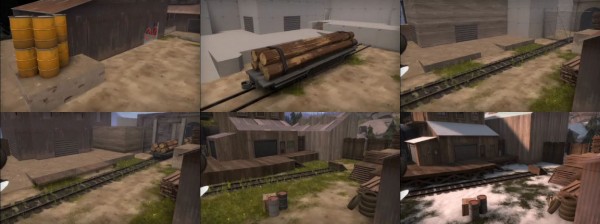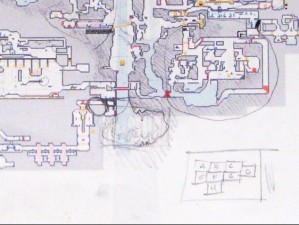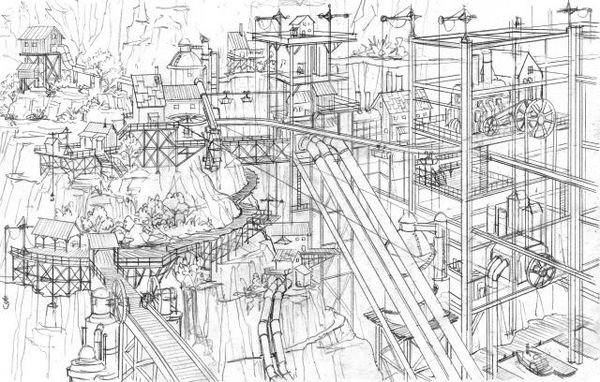Over on the official Team Fortress 2 blog the guys from valve have just released some behind the scenes info on their mapping process for the new KotH Viaduct map. They’ve also been so nice as to include some time-lapse videos of the different map stages. This is a nice view at their work process. I have to admit though that the entire article is not very deep but nice to look at instead.
I say give it a look here: This point ain’t gonna cap itself!

What struck me as odd in the videos was that the map was textured almost from the beginning. I would have enjoyed seeing some early footage in a raw, temporary textured state where they were still blocking out the basic shape – if they had such a stage. It might well be that they have enough experience with the game to be able to plan a map well on paper.
Regardless I certainly like the mention of valve doing playtests of the gamemode in modified, existing maps first to get a feeling for it’s dynamics. And I like the fact that they’ve set themselves a specific goal for the map: “we wanted a game mode that had an intense, centralized experience with quick player turnaround”. After playing the map for a while I certainly agree that they’ve suceeded at that.
There’s one thing I’m missing though: There’s no real side-route to get behind enemy lines. This is fine since it forces all action into the central spot as was the goal but I feel it hampers a few classes, especially the Pyro and the Spy. Still it’s a nice map and some nice videos I wanted to point you guys to.
 Another excellent article I just want to quickly point out to you guys: It’s a short piece by the MTV Multiplayer blog about the design process behind the Shadow Complex world.
Another excellent article I just want to quickly point out to you guys: It’s a short piece by the MTV Multiplayer blog about the design process behind the Shadow Complex world. 


